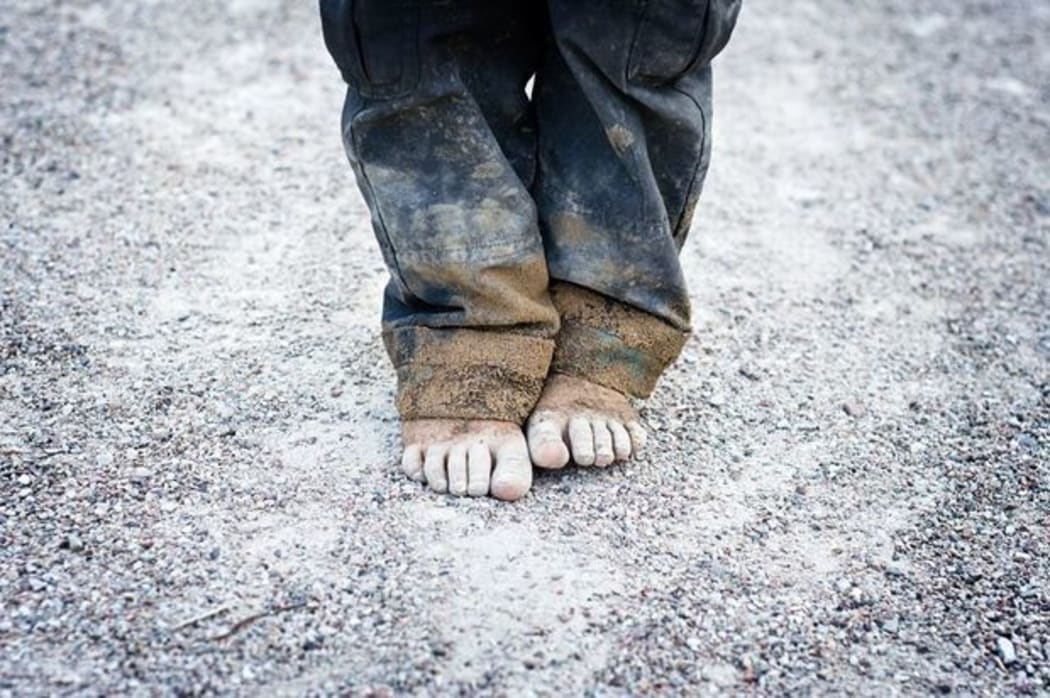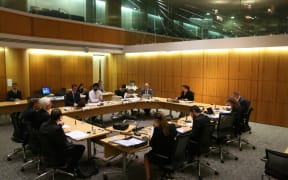Community groups have told MPs the proposed law to measure and reduce child poverty is too narrow.

Photo: 123RF
The Child Poverty Reduction Bill sets out the framework for measuring child poverty so the government can set targets to reduce it. The proposed legislation includes 10 measures of poverty and material hardship based on a family's income.
Pakuranga and Howick Budgeting Service financial mentor Adrienne Gallie told MPs at a select committee hearing in Auckland yesterday something was missing from the bill.
"We believe it is household indebtedness and the lack of a measure to actually capture the affordability of loan repayments."
There was also an increase in predatory lending, which Ms Gallie said was a big contributor to child poverty.
National Building Financial Capability Trust chief executive Tim Barnett said true household debt information was not available.
"It's an issue of inadequate income to be able to handle the debt and the hardship that's created, but actually it's a distinct area and one difficulty is that for government it's really hard to capture effective statistics on debt."

National Building Financial Capability Trust chief executive Tim Barnett. Photo: Supplied/National Building Financial Capability Trust
Te Runanga o Ngāti Whātua health promotions coordinator Alexa Forrest-Pain said Māori tamariki were over-represented in child poverty statistics.
There were many underlying causes of child poverty which should all be reflected in how it was measured, she said.
"We believe important social determinants are missing from this bill.
"For example, you could consider cultural connectedness or housing. These are obviously important as things such as overcrowding and sub-standard housing are correlated to health outcomes, educational outcomes ... the list goes on."
The Growing Up in New Zealand study tracks the lives of 7000 children from birth until young adulthood.
Its research director Susan Morton said poverty was complex and hard to define so some of New Zealand's most vulnerable children had not shown up in data.
"The Well Child checks, the B4 School Checks, the data that's coming from that routine administrative data, we know misses our most vulnerable Māori and Pacific children."
Ms Morton said a universal approach would not work to improve the wellbeing of all New Zealand children.
"Universal strategies are likely to widen inequalities. We know that currently the way that universal strategies are taken up is an inverse proportion to need."
The government needed to come up with a better way to target children and communities who were most in need, Ms Morton said.
National MP Alfred Ngaro has put forward an amendment to the bill that would require regular reporting on a number of child poverty-related indicators, including housing conditions, parental employment, education, health and dependency on the state.




